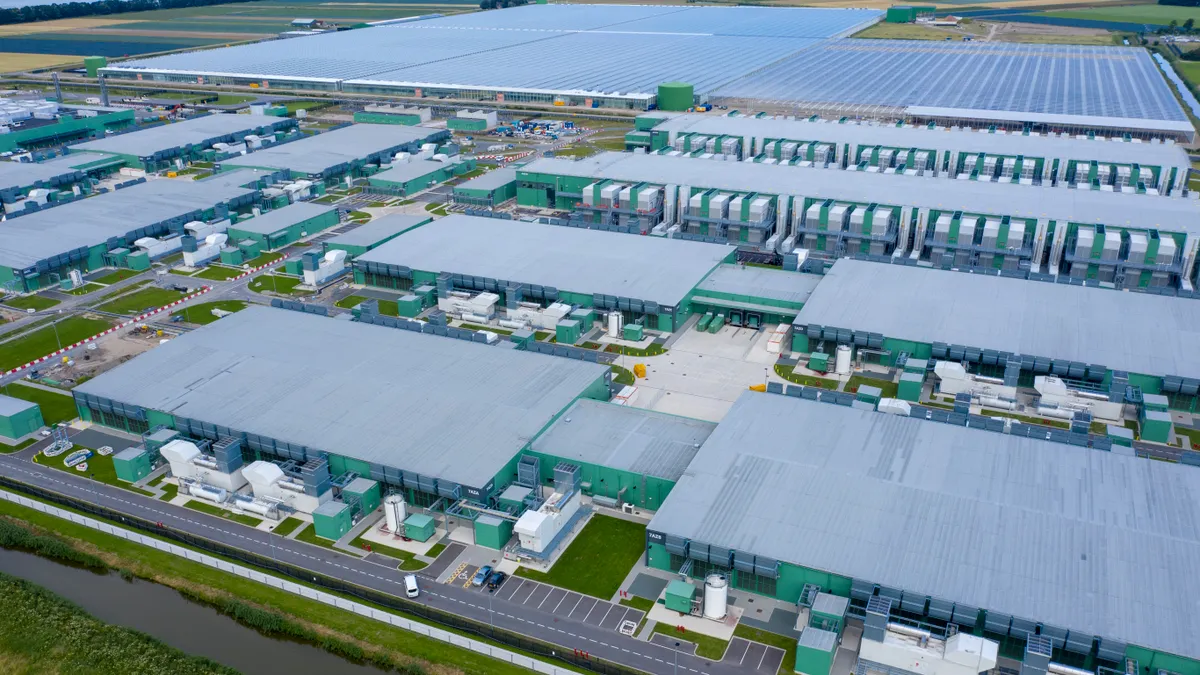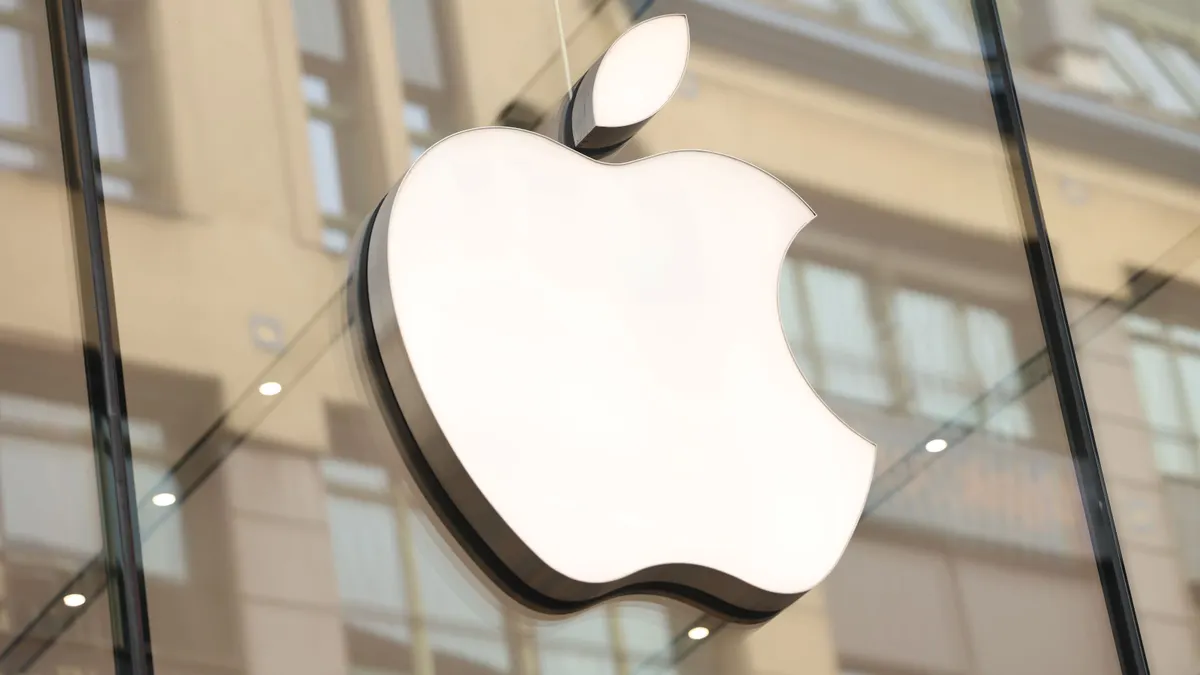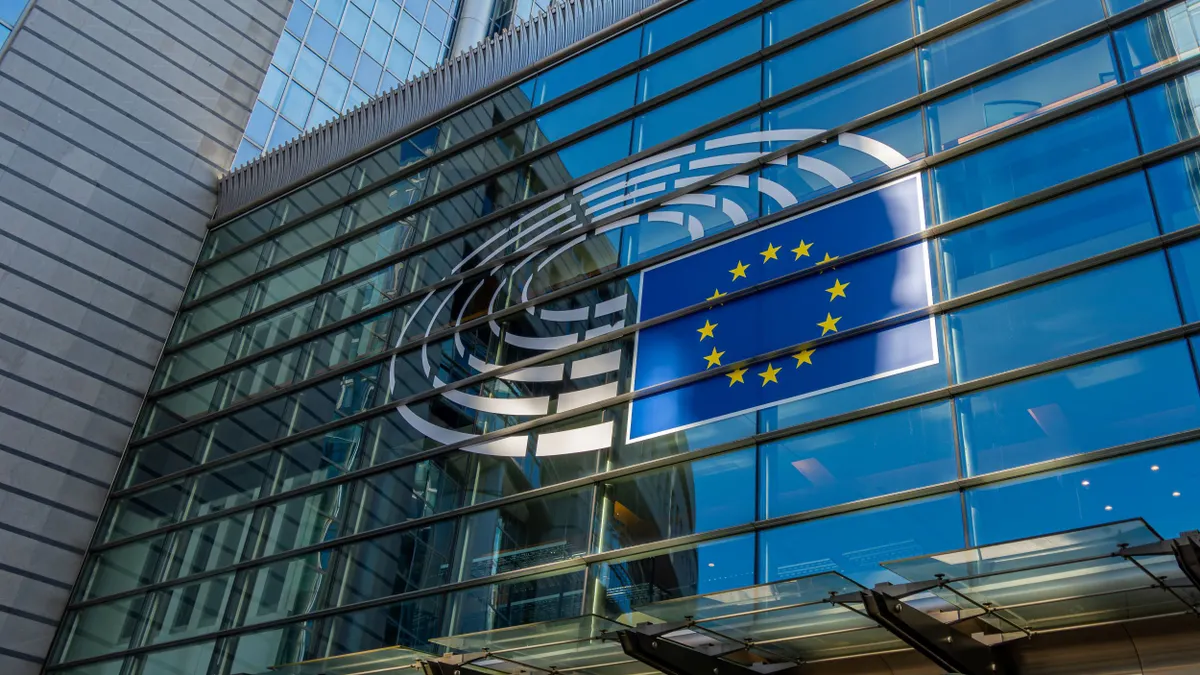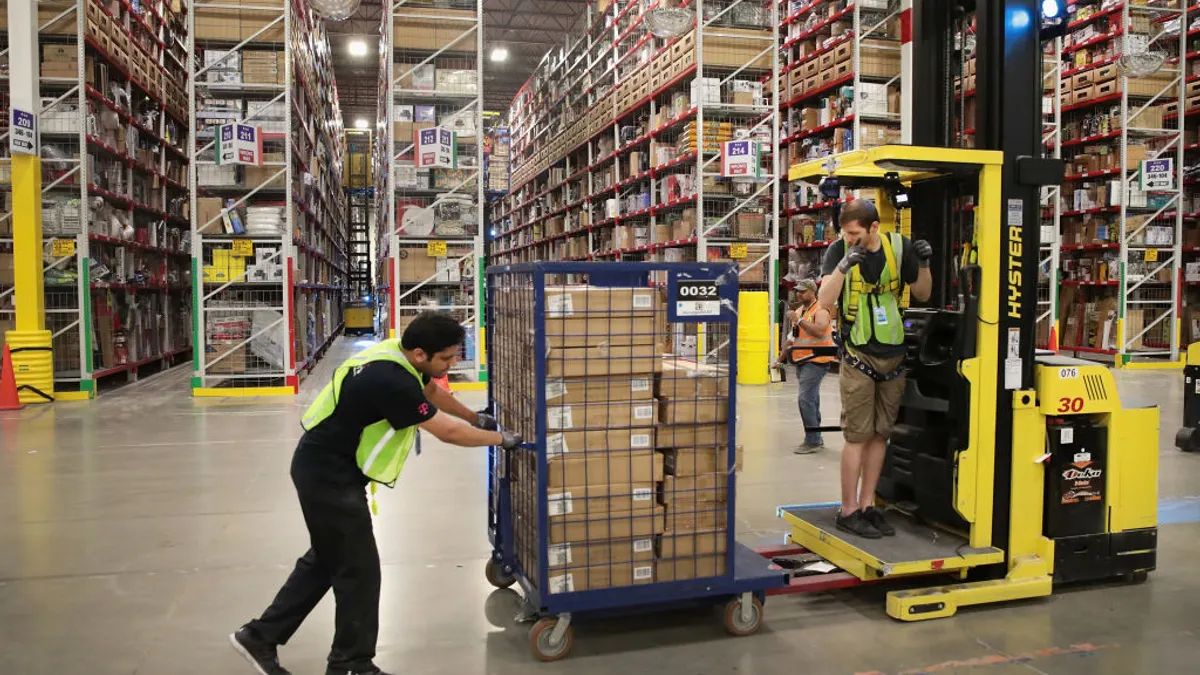The “EPR era” is opening up new opportunities in sustainable packaging, and how companies approach it is likely to look different in the coming years.
Packaging partners discussed those themes during a webinar Tuesday hosted by Trellis and sponsored by sustainability consultancy Pure Strategies. The virtual event focused on shifting to more sustainable packaging amid implementation of extended producer responsibility laws.
“We are past our early era in sustainable packaging,” said Cheryl Baldwin, vice president of sustainability consulting at Pure Strategies. “We are solidly in what we're calling ‘the EPR era.’”
In the more than 20 years since packaging sustainability efforts began, there have been “some important wins,” yet also “limited success since then,” said Baldwin. But now, momentum is building for companies “maximizing the opportunities to refine, redesign and reimagine packaging,” Baldwin continued, labeling 2025 an “inflection point” thanks to additional scale from the ramp-up of EPR programs in multiple states.
EPR establishes “directional aims” – rates and dates around reuse, recyclability, compostability, reduction and recycled content – that companies can work toward and even exceed, Baldwin noted. Data that producers collect to comply with EPR can then inform a road map. This could include thinking about lightweighting, exploring material or format changes, adding recycled content, removing components or reducing material health issues.
EPR-driven data collection is bringing design insights to light for companies, Baldwin said. “It's new data that they haven't had a chance to have their eyes on in the past,” she said. “With that, there's a lot of insights and ‘ahas,’” which can reveal some low-hanging fruit or quick wins.
There can also be some surprises. A company might unexpectedly find certain materials it thought were no longer in its portfolio, for example. Businesses may also not have clear visibility into recycled content or responsibly sourced fiber, Baldwin explained.
MegaFood, a vitamin and supplement company that has worked with Pure Strategies, sells its products in numerous different materials, including glass, plastic and fiber-based packaging, said Stacia Betley, MegaFood’s director of sustainability and social impact. The company measured its 2023 and 2024 packaging footprints to inform a road map to meet goals and improve design guides.
In one change, the company refined some bottles to be made with 18% less plastic and incorporate more recycled content, namely 100% post-consumer recycled material for the bottle and 30% in the cap. In another change, MegaFood removed a plastic scoop from a powder product — but this resulted in customer complaints, leading the company to reevaluate the decision. Making positive changes requires a lot of collaboration with suppliers and co-manufacturers, Betley said.
“The regulation is not perfect, but it is giving us a North Star for our goals and shaping our packaging strategy,” Betley said.
Britt Lundgren, the senior director of sustainability and government affairs at Stonyfield Farm, shared more about the yogurt maker’s experiences.
Lundgren said that ever since the company innovated by replacing plastic lids on single-serve yogurts with foil, it’s been an uphill battle to make similar leaps in progress. Additionally, newer yogurt pouches have been a fast-growing category. First-generation pouches were multilayered with plastics and sometimes aluminum, spurring a need for monomaterial innovations for recyclability.
In thinking about format factors like shape, size, material, color, closures, coatings, adhesives, additives and inks, “all of this led us down a road of developing an all-polyethylene pouch that could get us some immediate source reduction, in terms of the overall amount of material in the pouch,” Lundgren said.
Stonyfield has found it to be a worthy investment, even outside of direct EPR benefits.
“It wasn't cheap for us to do this, so this didn't represent an immediate cost savings, which of course is an obstacle that you have to overcome in the business to move a project like this forward,” she said.
The company received some grant support from a regional dairy business innovation center. “This project isn't going to help us in the near term with EPR, because [materials recovery facilities] still can't handle pouches, so we still have more work to do there, but we are hopeful that recycling infrastructure will evolve over time,” Lundgren said.
David Clark, Amcor’s chief sustainability officer, also touched on the outlook for materials recovery facilities processing more flexibles.
“I like to believe that with EPR and the amount of money that's going to be flowing in with fees,” there will be infrastructure improvements such that well-designed flexible packages could be recycled in the future.
“We can make the economics work with the additional fees that are being collected, and we'll hopefully see the definition of what is recyclable expand and shift over time to take into account not only the design, but the fact that we have the infrastructure in place to recycle things like flexible packaging, which is typically not collected and recycled in most places,” he said.



















